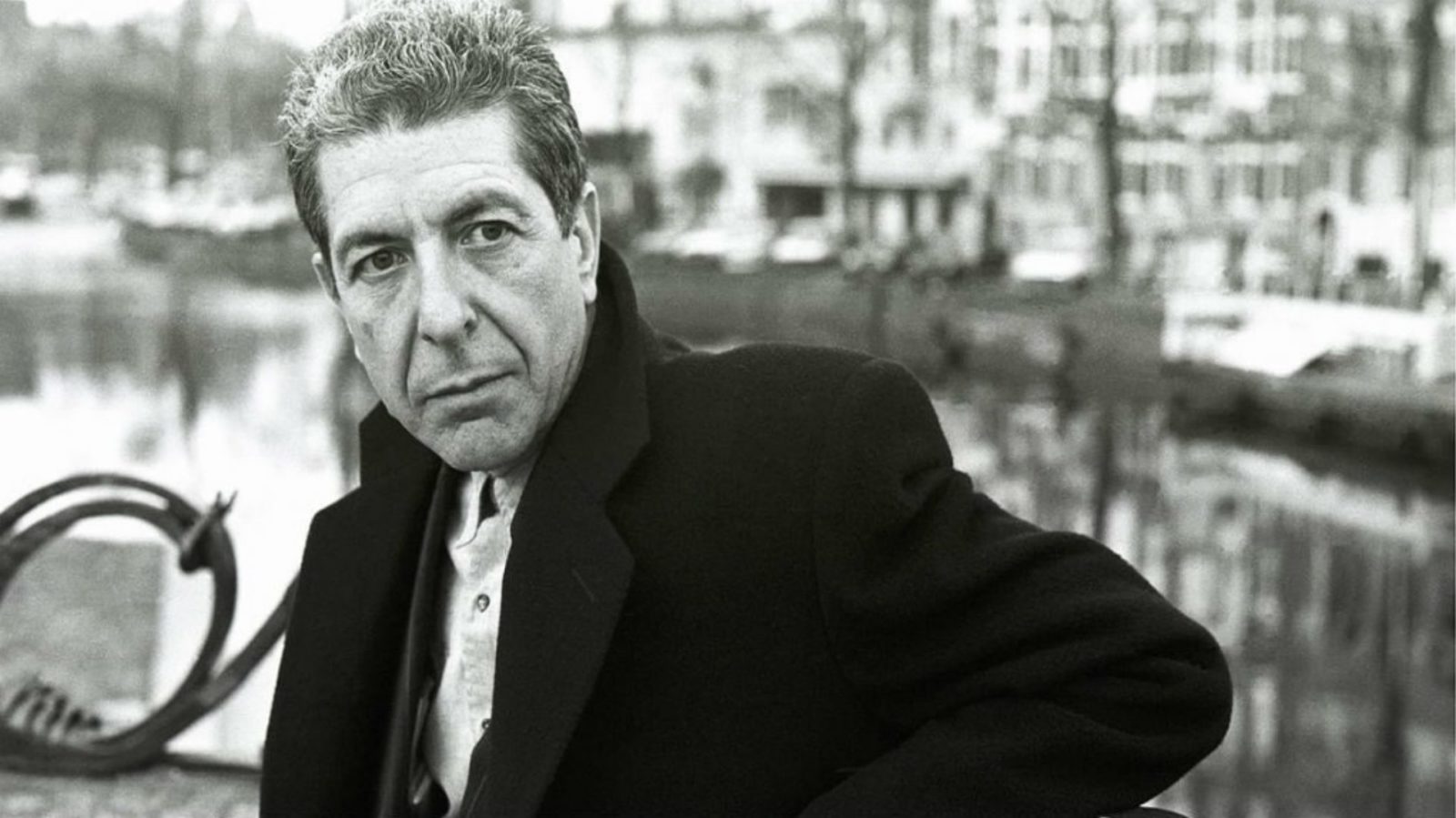Historically, the small rocky island of Hydra has been closely associated with the Greek War of Independence, in which it played an important role, being a prosperous shipping centre at the time; the sea captains’ mansions that ring the island’s harbour are a testament to its heritage. In more recent decades, however, Hydra has come to be known primarily as an artistic hub, its heyday being in the 1950’s and 60’s, when numerous writers, musicians and painters were drawn to its rugged charm.
Ghika & friends
Hydra’s appeal to artists can probably be traced back to Nikos Hadjikyriakos-Ghika, the most famous Greek cubist artist and key figure in the Greek modernist movement known as the “Generation of the ’30s”. Ghika was a native, coming from an old and prominent Hydriot family, which had in the past contributed many naval officers and captains in the Greek Revolution. In the 1950s’and 60’s, exhibitions of his work across the globe won him international acclaim; he befriended other artists and intellectuals, and would host them in his Hydra home for extended periods of time.
His 18th century 40-room mansion, perched on a steep hillside, housed such names as Henry Miller, Patrick Leigh Fermor, Lawrence Durrell, Norman Mailer, Edmund “Mike” Keeley, Giorgos Seferis, Henri Cartier-Bresson, Le Corbusier, John Craxton, Rex Warner and Cyril Connolly. Painters, such as Craxton and Ghika himself, were greatly inspired by the island’s unique scenery, as evidenced in their work. Leigh Fermor, spent two years there, writing a large part of his book Mani: Travels in the Southern Peloponnese and translating the Greek Resistance memoir The Cretan Runner.
In his celebrated travelogue The Colossus of Maroussi, Henry Miller, who was hosted by Ghika in 1939, lauded Hydra’s “naked perfection” describing it as a “rock which rises out of the sea like a huge loaf of petrified bread. It is the bread turned to stone which the artist receives as reward for his labour when he fist catches sight of the promised land”. In 1961, the Ghika mansion was destroyed by fire, prompting the owner to leave Hydra and never return. By that time, however, a colony of expatriate artists and writers had already been established on the island.
READ MORE: The Acropolis and the Parthenon in Modern Greek art, symbols of national and world heritage

Australian bohemians
Inspired by Miller’s journey, an international bohemian community of artists and writers had begun to form on Hydra; central figures to this circle were Charmian Clift and George Johnston, a married couple of writers from Australia who moved there in 1956, after some time living on the more remote island of Kalymnos. Their Hydra house soon became a destination for several others looking for a primitive landscape and an unconventional lifestyle.
During their years on the island, they both wrote some of their most important works: Johnston’s My Brother Jack, a classic of Australian literature, and Clift’s Peel Me a Lotus, where she describes her family’s life on Hydra. My Brother Jack’s sequel, Clean Straw for Nothing, was written after Johnston had left Greece, but drew heavily on his experiences on Hydra.
READ MORE: A world less than perfect unravels in tale of Aussie authors’ Hydra idyll
Their dramatic lives, marked by creative fever, substance abuse, tempestuous lovers’ quarrels and eventually tragedy (with Charmian committing suicide) has inspired several authors, who have put special focus on the couple’s years on the island. In her play, Hydra, Australian writer Sue Smith recounts “the passion and intensity of the near mythical ‘King and Queen of Hydra’”; the couple also has a central role in the book Half the Perfect World: Writers, Dreams and Drifters on Hydra, 1955-1964, which details the lives Hydra’s expat community, as well as in Polly Samson’s novel A Theatre for Dreamers, which captures the “hazy, sun-drenched days” of that same group of people. In both these books there is, of course, another central character: a young Canadian troubadour and aspiring writer who has arguably come to be linked with the island of Hydra more than anyone else.

Source: Greek News Agenda


Cohen’s retreat
Leonard Cohen arrived on Hydra in 1960, at the age of 26; he met Clift and Johnston, who in fact offered to host him at the beginning of his stay. Soon, Cohen would buy a house on the island for $1500, using a bequest from his recently deceased grandmother. He liked it although it was run down and had no running water. In a letter to his mother, he wrote “I live on a hill and life has been going on here exactly the same for hundreds of years. All through the day you hear the calls of the street vendors and they are really rather musical”; he also noted that the Aegean Sea was 10 minutes from his door.
On Hydra, Cohen met Marianne Ihlen, who soon became his first great love as well as his muse. Ihlen had arrived on the island in 1958 with her then-husband, Norwegian writer Axel Jensen. Soon after the birth of their son, Axel Jr., Jensen left her and the island, and not long after Ihlen moved in with Cohen, along with her baby. Cohen lived with Marianne throughout the 60’s, and for the first seven years he would commute between New York, Montreal, and Hydra.
READ MORE: Leonard Cohen – the Greece years

Marianne in Cohen’s home in Hydra, on the back cover of the album Songs from a Room, which features "Bird on the Wire"

Source: Greek News Agenda
At the time, his ambition was to become an established writer. While on Hydra, he would wake up every day around 7 a.m. and work on his writings until noon; in the evenings, he would meet with his friends –including Clift and Johnston, Redmond and Robyn Wallis and many others- in local bars and taverns, such as the Katsikas Bar, where he would give his first live performances, years ahead of his debut. During his time on Hydra, Cohen published the novels The Favourite Game (1963) and Beautiful Losers (1966), and the poetry collection Flowers for Hitler (1964).
His works were met with mixed reactions and only sold few copies, and he gradually shifted his focus towards songwriting, eventually leaving for the USA in 1967 to pursue a career in music. At the end of that same year he released his first album, Songs of Leonard Cohen, which features one of his most iconic songs, “So Long, Marianne”, written for Ihlen.
Source: Greek News Agenda









